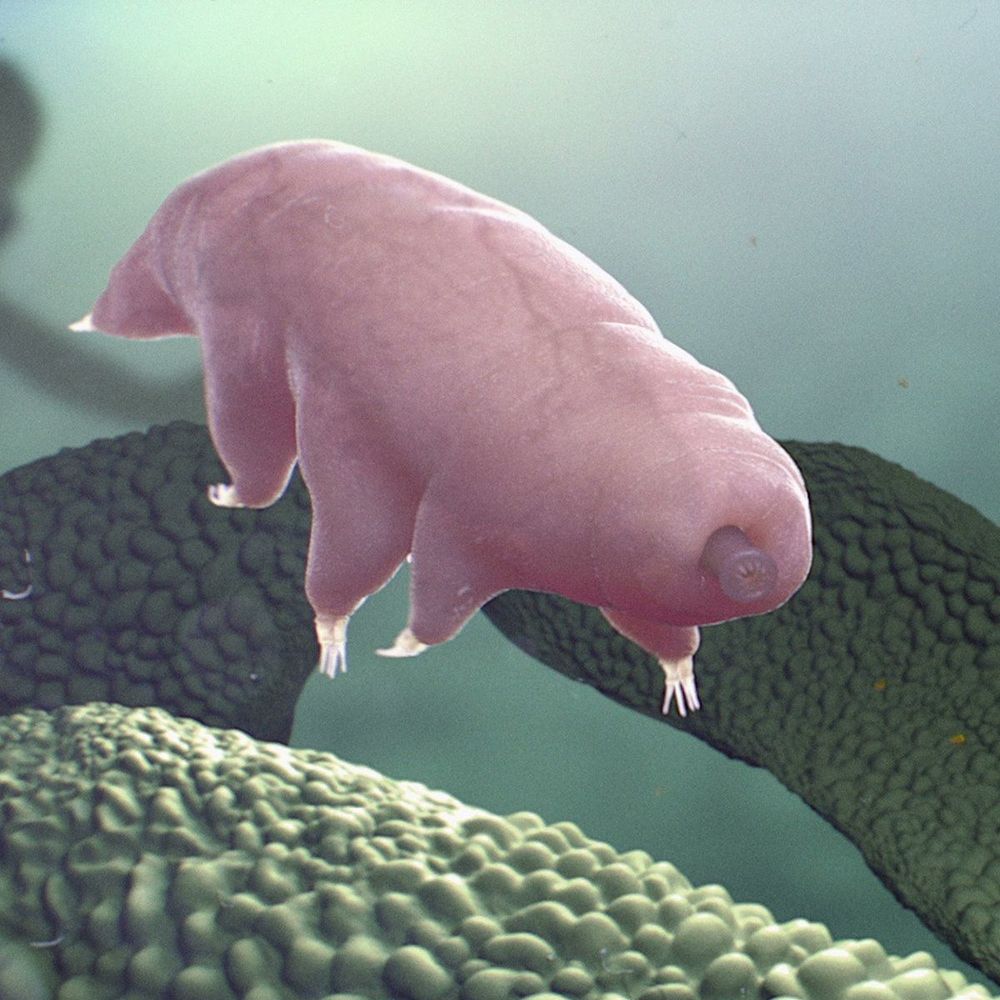

Furthermore, a facile method for preparing heparin enables engineering of HS/heparin with improved anticoagulant efficacy and reduced side effects, as well as exploiting heparin or heparin-like molecules for the development of anticancer and antiviral drugs ( 5, 6).

A cost-effective method for preparing synthetic heparin and securing the safety of the heparin supply chain is, therefore, highly desirable. The worldwide distribution of contaminated heparin in 2007 raised the concerns over the safety and reliability of animal-sourced heparins ( 4). Heparin is currently isolated from porcine intestine or bovine lung through a poorly regulated supply chain. Heparin, a clinically used anticoagulant drug, is a specialized form of HS that contains a higher sulfation level and is more densely populated with IdoA units. Understanding the biosynthesis of HS is not only critical for dissecting its structure–function relationships in vivo, but also plays a significant role in aiding HS-based drug discovery. The distinct roles of 3- O-sulfation in directing HS function offer a model to understand the regulation of HS biosynthesis, especially the mechanism used by the isoforms to specifically recognize the saccharide structures around the modification site. The HS modified by 3-OST-1 has high affinity to antithrombin, bestowing this polysaccharide with anticoagulant activity, whereas the HS modified by 3-OST-3 has high affinity to the glycoprotein D of herpes simplex virus type 1, which serves as an entry receptor for the virus ( 3). Consequently, the HS modified by different 3-OST isoforms displays different affinities to physiological and pathophysiological targets. For example, 3-OST-1 sulfates the glucosamine unit that is flanked by a GlcA unit on its nonreducing side, and 3-OST-3 sulfates the glucosamine unit that is flanked by an IdoA2S unit on its nonreducing side ( Fig. The 3-OST family consists of seven different isoforms that enable introduction of a GlcNS3S unit within distinct carbohydrate contexts ( 2). The 3-OSTs transfer a sulfo group to the 3-OH position of an N-sulfo glucosamine or an N-unsubstituted glucosamine unit to form 3- O-sulfo glucosamine (GlcNS3S ± 6S or GlcNH 23S ± 6S). The heparan sulfate 3- O-sulfotransferases (3-OSTs) are a key sulfotransferase family in the HS biosynthetic pathway.
#Chemical presence pocket mirror ost series
The placement of sulfo groups and IdoA units involves a series of HS biosynthetic enzymes, including an epimerase and various sulfotransferases. The position of the sulfo groups as well as the location of the IdoA unit dictates the functions of HS ( 1). HS consists of a disaccharide repeating unit with glucuronic acid (GlcA) or iduronic acid (IdoA) and glucosamine, each of which is capable of carrying sulfo groups. HS participates in a wide range of physiological and pathophysiological functions, including embryonic development, inflammatory responses, blood coagulation, and assisting viral/bacterial infections ( 1). Heparan sulfate (HS) is a highly sulfated polysaccharide that is commonly found on the mammalian cell surface and in the extracellular matrix. These results deepen our understanding of the biosynthetic mechanism of heparan sulfate and provide structural information for engineering enzymes for an enhanced biosynthetic approach to heparin production. Site-directed mutagenesis data suggest that several key amino residues, including Lys259, Thr256, and Trp283 in 3-OST-3 and Arg268 in 3-OST-1, play important roles in substrate binding and specificity between isoforms. Our data demonstrate that the saccharide substrates display distinct conformations when interacting with the different 3-OST isoforms. Comparisons to previously determined structures of 3-OST-3 reveal unique binding modes used by the different isoforms of 3-OST for distinguishing the fine structures of saccharide substrates. Here, we report the crystal structure of the ternary complex of 3-OST-1, 3′-phosphoadenosine 5′-phosphate, and a heptasaccharide substrate. 3-OST isoform 1 (3-OST-1) is the key enzyme for the biosynthesis of anticoagulant heparin. 3-OST is present in multiple isoforms, and the polysaccharides modified by these different isoforms perform distinct biological functions. Heparan sulfate 3- O-sulfotransferase (3-OST) is an enzyme that transfers a sulfo group to the 3-OH position of a glucosamine unit. Heparin is a polysaccharide-based natural product that is used clinically as an anticoagulant drug.


 0 kommentar(er)
0 kommentar(er)
